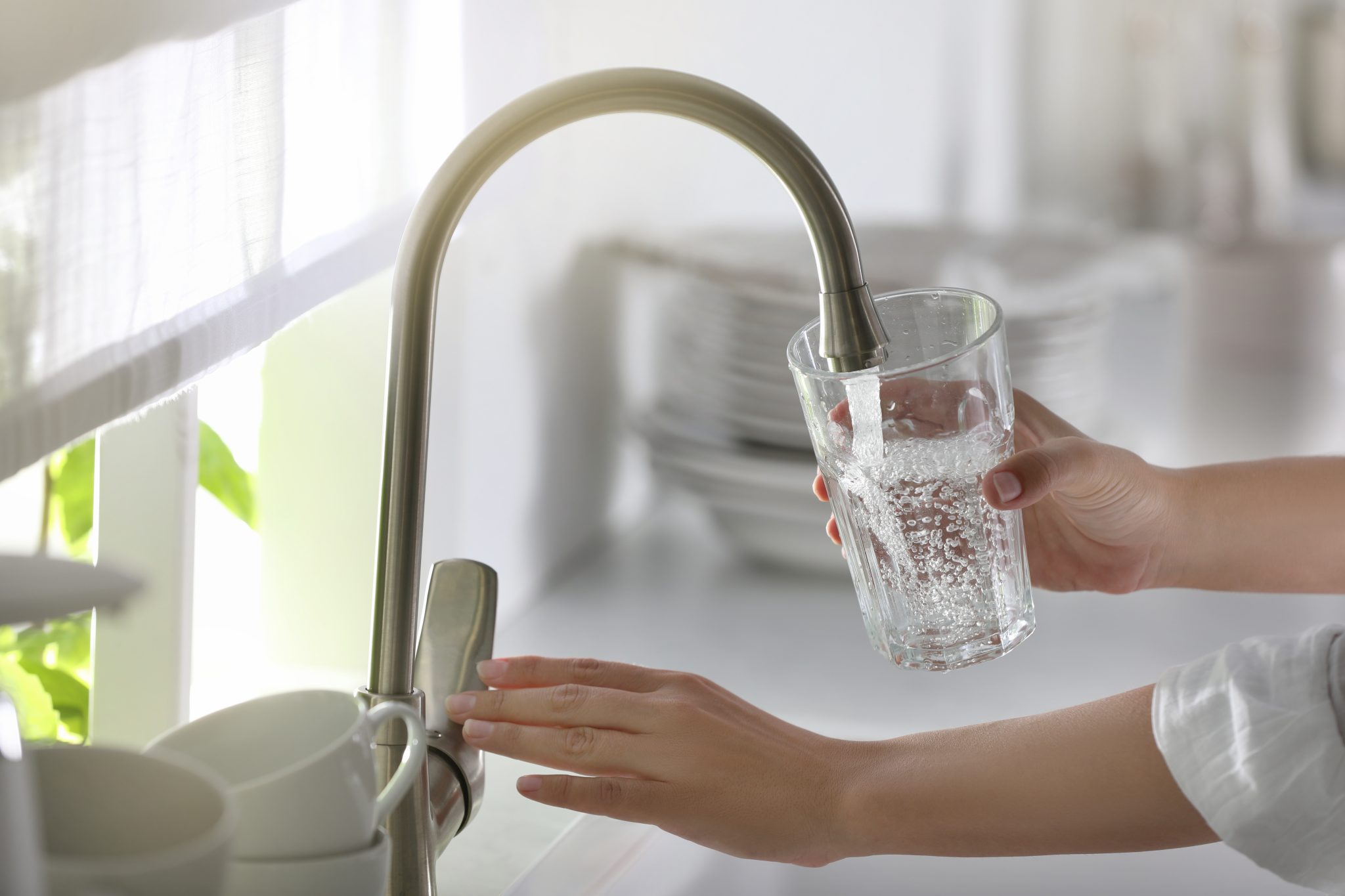Natural Resources

Safe drinking water is a major issue for many people. In fact, a 2022 Gallup poll revealed that 57 percent of Americans worry more about safe drinking water than climate change. Although regulations to test local water supplies–such as the Safe Drinking Water Act (SDWA)–have been in place since 1974, public concern over the safety of water is on the rise. Recent water quality issues found in cities–such as Jackson, Mississippi and Newark, New Jersey–have only increased consumer interest nationwide.
What is water quality?
Water quality refers to bacterial, biological, chemical, and physical characteristics of water based on state and federal guidelines, such as the SDWA. These guidelines describe what is suitable for human consumption and domestic use. They act as safeguards against pollutants found in local water supplies. Although many factors cause water pollution, non-point source pollution, such as runoff or overland flow from agricultural land, is primarily responsible.
Water Contaminants
Water contaminants–like heavy metals, bacteria, pharmaceuticals, pesticides, and other materials–have been linked to some human health problems. These include diarrhea, vomiting, cramps, skin irritation, cancer, or even reproductive and neurological problems. Scientific findings are even more disturbing for small, private, and unregulated water supplies. These water supplies may not have multi-staged water treatment processes, such as settling (removal of particles) and disinfection.
According to the Alabama Department of Public Health (ADPH), an estimated 2.1 million Alabamians depend on groundwater as their primary source of drinking water. As much as 20 percent of these consumers use private water supplies, such as wells. Because of this, these individuals are responsible for guaranteeing the safety of their own drinking water. It is recommended that water testing be done at least once a year. If a well is shallow, the water should be tested more often since it is more prone to contamination.
Water Quality Testing Kits
Home water quality or comprehensive water laboratory tests are solutions to alleviate concerns over the safety of the water supply. All homeowners should be aware of any possible contaminants in their local water supplies. Many water authorities send annual water quality reports to consumers. However, water quality tests or in-depth lab tests are options that environmentally conscious individuals should consider.
DIY Water Testing Kits
Consumers do not need specialized training or a lot of money to test the water in their homes. Many companies offer inexpensive do-it-yourself (DIY) water testing kits that can be purchased at home improvement stores or online. DIY kits are sensitive enough to detect bacteria, lead, pesticides, nitrates, chlorine, and hardness. There are several options of DIY home water test kits to choose from.
- Cost-effective. Test strips are inexpensive, chemical-free, and offer quick results.
- Color-coded. Color comparators are more efficient than test strips and provide color-coded results that identify contaminants.
- Greater efficiency. Electronic colorimeters are the most expensive and efficient of the tests. They remove many of the problems associated with human interpretation.
To test the water in your home, identify the water source, determine what contaminants you want to assess, and determine the best testing method to use. Always follow testing procedures carefully for more accurate results.
Certified Laboratory Tests
Some contaminants are only detected by in-depth lab analysis. Therefore, consumers have the option of having their water tested by experts. However, people should be prepared to spend anywhere from $50 to hundreds of dollars, depending on the type of test requested. The process usually requires completing a short form and sending several containers of water off to a certified laboratory for testing. Be sure to follow instructions carefully to receive accurate testing results. After the water is analyzed, easy-to-read test results are sent to consumers along with corresponding national standards from the U.S. Environmental Protection Agency.
What if contaminants are found?
Consider the following actions if contaminants are found in your drinking water:
- Notify your local health department or municipality if unsafe contaminant levels are observed.
- Install a carbon or reverse osmosis filter or a water purification system to remove specific contaminants from drinking water. Make sure the apparatus meets standards set by the American National Standards Institute.
- Request a copy of the local annual water quality report or Consumer Confidence Report (CCR) to learn more about their water quality.
- If you have well water, you will not receive a CCR. Remember, you are responsible for testing your own well water. The ADPH may provide some assistance with testing for bacteria or nitrates. Call the Safe Drinking Water Hotline at 800-426-4791 or visit epa.gov/safewater/labs to find a state-certified laboratory in your area.
More Information
Safe drinking water is a national health concern. As a consumer, learning more about your drinking water quality can protect you and your loved ones. Take advantage of the resources available to get educated about your local water supply. More information on water contaminants is available online at www.epa.gov/dwreginfo.

